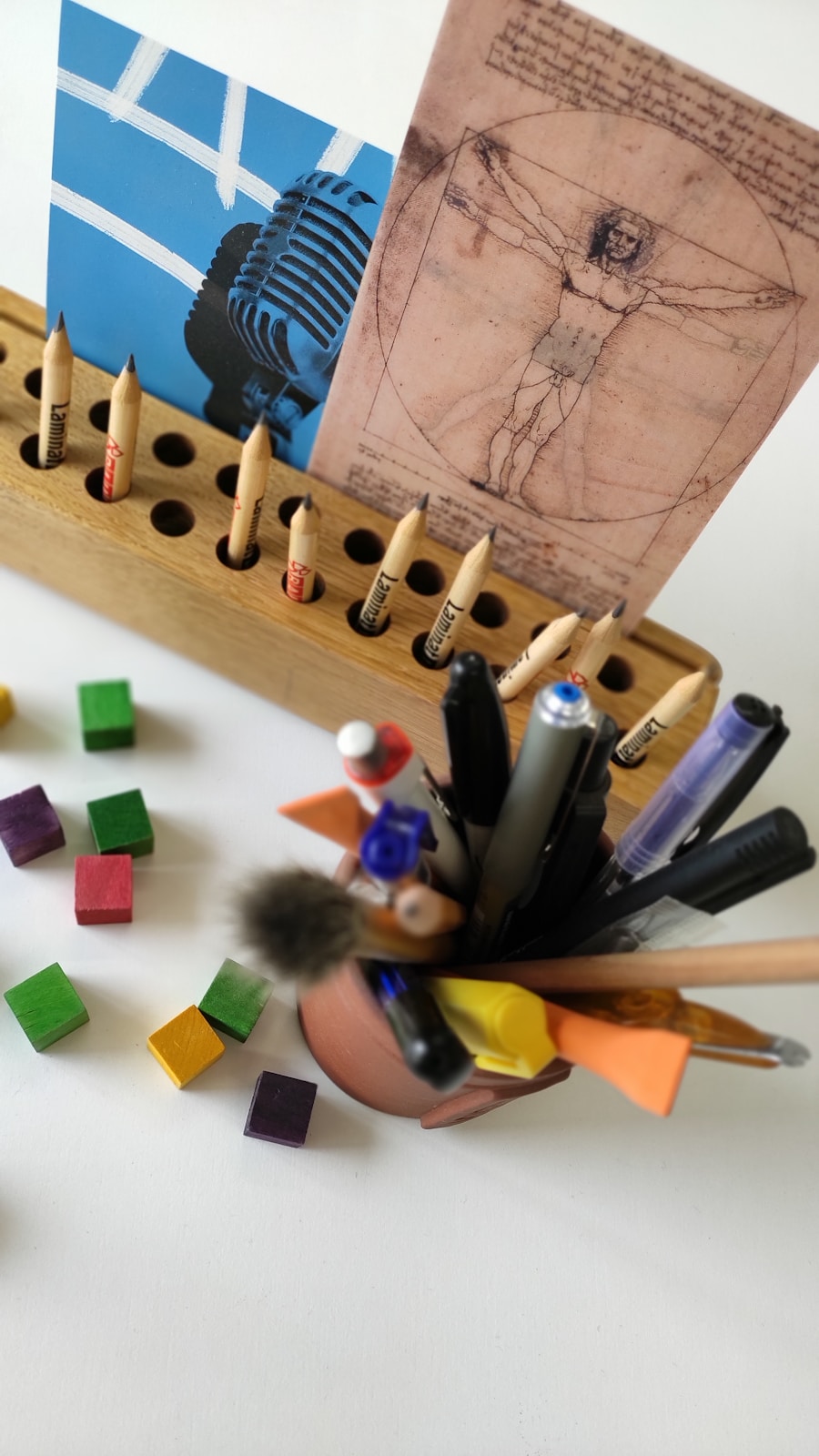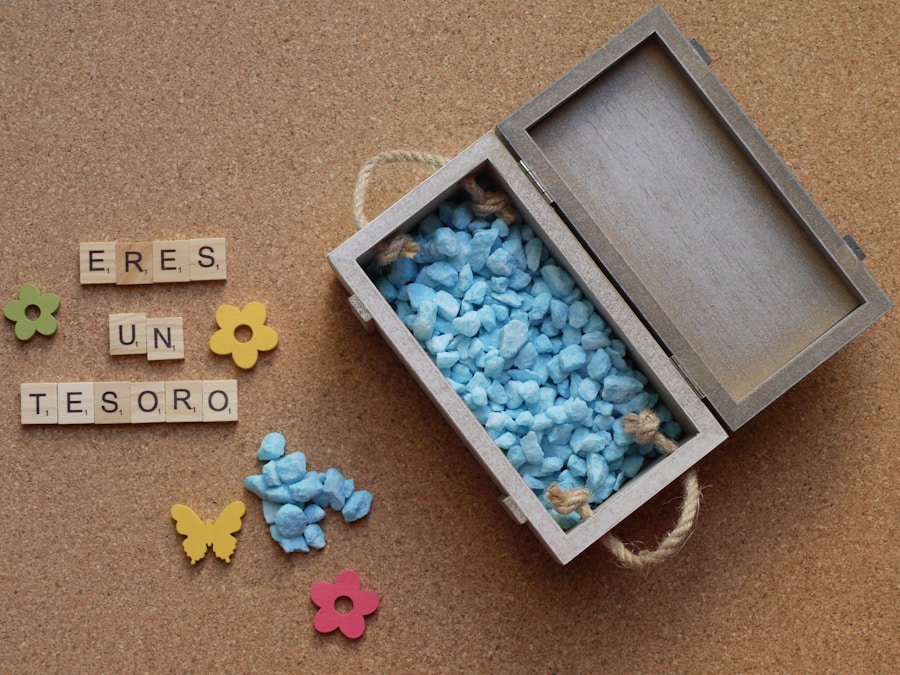A curriculum serves as the backbone of educational systems, providing a structured framework that guides both teaching and learning processes. It is not merely a list of subjects or topics to be covered; rather, it embodies the educational philosophy and goals of an institution. The purpose of a curriculum extends beyond the mere transmission of knowledge; it aims to cultivate critical thinking, creativity, and problem-solving skills among students.
By establishing clear expectations for what students should learn and achieve, a well-designed curriculum fosters an environment conducive to intellectual growth and personal development. Moreover, a curriculum is instrumental in ensuring consistency and coherence across different educational levels and subjects. It provides educators with a roadmap that outlines the sequence and scope of content to be taught, thereby facilitating a more organized approach to instruction.
This alignment is crucial for maintaining educational standards and ensuring that all students, regardless of their background or learning style, have access to a quality education. In essence, the curriculum acts as a bridge between educational theory and practice, translating abstract educational goals into tangible learning experiences.
Key Takeaways
- The purpose of a curriculum is to provide a framework for teaching and learning, guiding educators in what to teach and how to teach it.
- Learning goals and objectives should be clearly defined and aligned with the curriculum, ensuring that students understand what is expected of them.
- Selecting appropriate teaching methods and materials involves considering the needs and learning styles of students, as well as the subject matter being taught.
- Differentiated instruction allows educators to tailor their teaching to meet the diverse needs of students, ensuring that all learners have the opportunity to succeed.
- Assessing and evaluating student learning is essential for determining the effectiveness of the curriculum and identifying areas for improvement. Reflection and revision of the curriculum should be ongoing processes based on assessment data and feedback from students and educators.
Identifying Learning Goals and Objectives
The identification of learning goals and objectives is a critical step in curriculum development, as these elements serve as the foundation upon which all instructional strategies are built. Learning goals articulate the broad outcomes that educators hope to achieve through their teaching efforts. For instance, a goal might be to develop students’ analytical skills or to foster an appreciation for cultural diversity.
These overarching aims provide direction and purpose, guiding educators in their planning and instructional decisions. In contrast, learning objectives are more specific and measurable statements that detail what students should be able to do by the end of a lesson or unit. For example, an objective might state that students will be able to analyze a piece of literature by identifying its themes and character motivations.
This specificity allows educators to assess student progress effectively and adjust their teaching methods accordingly. By clearly defining both goals and objectives, educators can create a focused curriculum that meets the diverse needs of their students while also aligning with broader educational standards.
Selecting Appropriate Teaching Methods and Materials

Once learning goals and objectives have been established, the next step in curriculum development involves selecting appropriate teaching methods and materials. The choice of instructional strategies is crucial, as it directly impacts student engagement and learning outcomes. Educators must consider various factors when making these decisions, including the subject matter, the age group of the students, and their individual learning preferences.
For instance, younger students may benefit from hands-on activities and interactive lessons, while older students might thrive in discussions that encourage critical thinking. In addition to teaching methods, the selection of materials plays a significant role in the effectiveness of the curriculum. Textbooks, digital resources, multimedia tools, and manipulatives can all enhance the learning experience when chosen thoughtfully.
For example, incorporating technology into lessons can provide students with access to a wealth of information and interactive learning opportunities. Furthermore, culturally relevant materials can help students connect with the content on a personal level, fostering greater engagement and understanding. Ultimately, the careful selection of teaching methods and materials ensures that the curriculum is not only informative but also engaging and relevant to students’ lives.
Incorporating Differentiated Instruction
Differentiated instruction is an essential component of effective curriculum design, as it acknowledges the diverse needs and abilities of students within a classroom. Recognizing that learners come from various backgrounds and possess different strengths and weaknesses, educators must tailor their approaches to accommodate these differences. This can involve modifying content, processes, products, or learning environments to ensure that all students have equitable access to learning opportunities.
For instance, in a mixed-ability classroom, an educator might provide advanced reading materials for gifted students while offering additional support and scaffolding for those who struggle with comprehension. Similarly, using varied assessment methods—such as projects, presentations, or traditional tests—allows students to demonstrate their understanding in ways that align with their individual strengths. By incorporating differentiated instruction into the curriculum, educators can create a more inclusive learning environment that promotes success for all students, regardless of their starting point.
Assessing and Evaluating Student Learning
Assessment is a vital aspect of the educational process, serving both as a tool for measuring student learning and as a means for informing instructional practices.
Various forms of assessment can be employed, including formative assessments—such as quizzes or class discussions—and summative assessments like final exams or projects.
In addition to traditional assessments, alternative evaluation methods can offer a more comprehensive view of student learning. Portfolios, self-assessments, and peer evaluations encourage students to reflect on their own progress and take ownership of their learning journey. Furthermore, ongoing assessment allows educators to identify areas where students may need additional support or enrichment.
By integrating diverse assessment strategies into the curriculum, educators can create a more holistic approach to evaluating student learning that goes beyond mere test scores.
Reflecting and Revising the Curriculum

Encouraging Continuous Improvement
This reflective practice encourages continuous improvement and ensures that the curriculum evolves in response to changing educational needs and societal demands. By doing so, educators can create a dynamic learning environment that prepares students for success in an ever-changing world.
Revising the Curriculum Based on Feedback
For instance, after implementing a new curriculum on environmental science, they might gather feedback from students about their engagement and understanding of the material. If many students express confusion about certain concepts or suggest that they would benefit from more hands-on activities, the educator can revise the curriculum accordingly.
By embracing reflection and revision as integral components of curriculum development, educators can create dynamic learning experiences that prepare students for success in an ever-changing world.
In a related article, Exploring the Key Aspects of Carvaka Philosophy, the author delves into the principles and practices of a philosophical school that challenges traditional beliefs and values. Just as Crafting a Curriculum emphasizes the importance of critical thinking and innovation in education, Carvaka philosophy encourages individuals to question established norms and think independently. Both articles highlight the value of exploring new ideas and perspectives in order to foster intellectual growth and development.
FAQs
What is curriculum crafting?
Curriculum crafting refers to the process of designing and developing a curriculum for a specific educational program or course. It involves determining the learning objectives, content, teaching methods, and assessment strategies to ensure that the curriculum meets the needs of the learners and aligns with educational standards.
What are the key principles of curriculum crafting?
The key principles of curriculum crafting include alignment with educational goals and standards, relevance to learners’ needs and interests, flexibility to accommodate diverse learning styles, and continuous improvement based on feedback and evaluation.
What are the key practices of curriculum crafting?
Key practices of curriculum crafting include conducting a needs assessment to identify learning goals, designing a coherent and sequenced curriculum, selecting appropriate teaching and assessment methods, and regularly reviewing and revising the curriculum based on feedback and data.
Why is curriculum crafting important?
Curriculum crafting is important because it ensures that the educational program or course is designed to effectively meet the learning needs of the students, align with educational standards, and provide a meaningful and relevant learning experience.
How does curriculum crafting impact student learning?
Effective curriculum crafting can positively impact student learning by providing a well-structured and engaging learning experience that is aligned with educational goals and standards. It can also help to cater to diverse learning needs and promote student engagement and achievement.






















+ There are no comments
Add yours